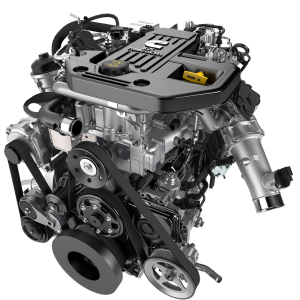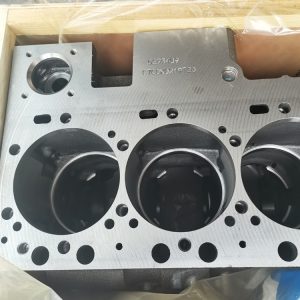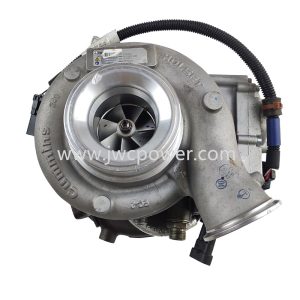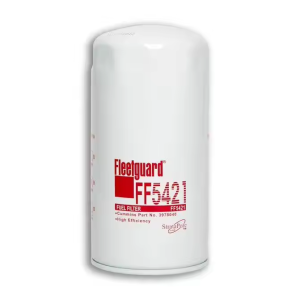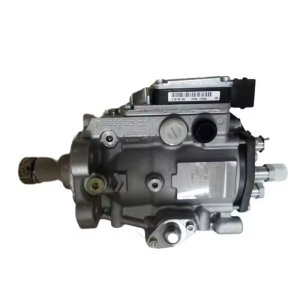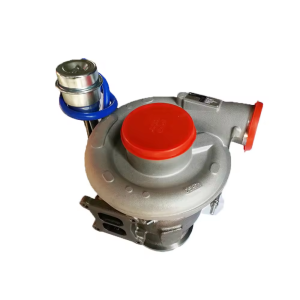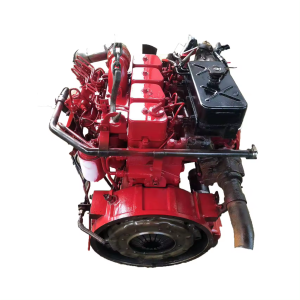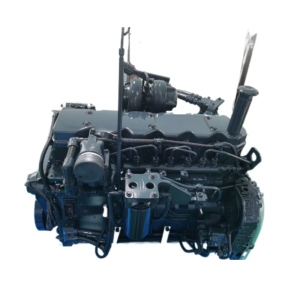Maintaining Cummins-powered equipment throughout the year is essential to ensure optimal performance, reduce downtime, and extend the lifespan of your diesel engines. Different seasons bring different challenges — from freezing winter mornings to dusty, hot summer days. That’s why adopting a seasonal maintenance approach is critical for equipment longevity, whether you’re running Cummins engines in trucks, generators, construction machinery, or agricultural tools.
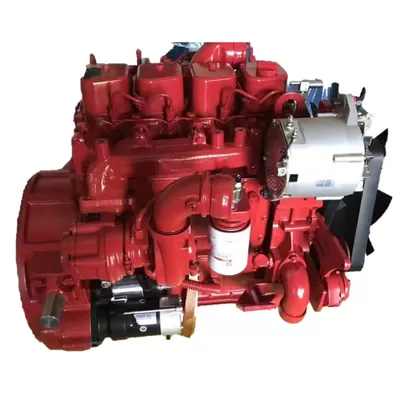
Spring: Recover and Prepare
Spring is the perfect time to assess any damage sustained during winter and prep your equipment for heavier usage during warmer months.
Inspect battery health: Cold weather can reduce battery efficiency. Test voltage and connections, and clean any corrosion from terminals.
Change fuel filters: Remove any moisture or debris that may have accumulated in the fuel system.
Check belts and hoses: Winter wear can lead to cracks or brittleness. Replace any compromised components.
Flush and refill coolant: Ensure the cooling system is clean and filled with the right coolant mixture for spring and summer operation.
Pro Tip: Cummins engines often come with manufacturer-specific recommendations—refer to your equipment’s manual for seasonal fluid grades.
Summer: Keep It Cool
Hot weather stresses your equipment’s cooling systems and overall performance. Prioritize the following:
Radiator inspection and cleaning: Dirt, insects, and debris can block airflow. Clean radiators regularly.
Monitor oil levels and quality: High temperatures accelerate oil breakdown. Use the recommended oil viscosity for summer.
Check air filters: Increased dust and pollen in the air can clog filters faster. Clean or replace them as needed.
Inspect turbochargers: Ensure all connections are tight and no oil leaks are present—especially in high-load applications.
Fall: Prepare for Cold
As temperatures begin to drop, it’s time to prepare your Cummins equipment for cold starts and idle-heavy seasons.
Test the block heater: Ensure it’s operational for easier cold starts.
Switch to winter-grade diesel: This prevents gelling and ensures smooth combustion.
Examine tires and brakes: If your equipment is mobile (e.g., trucks or tractors), ensure they’re safe for icy or wet roads.
Lubricate all moving parts: Fall moisture can lead to rust; proper lubrication protects components during periods of low use.
Winter: Protect and Preserve
Winter requires special attention to prevent cold-weather damage and maintain uptime during harsh conditions.
Store equipment properly: If not in use, store equipment indoors or cover it to shield from snow and ice.
Maintain a full fuel tank: This prevents condensation from forming inside the tank.
Use anti-gel additives: Especially important in regions with sub-zero temperatures.
Run the engine periodically: Letting it idle for a few minutes helps keep the system lubricated and prevents freezing.
Year-Round Maintenance Best Practices
Regardless of the season, these year-round maintenance habits will enhance the reliability of Cummins-powered equipment:
Follow OEM service intervals: Regular oil, filter, and coolant changes according to Cummins recommendations.
Use genuine Cummins parts: To ensure compatibility, performance, and warranty compliance.
Keep maintenance records: Helps track performance trends and prepare for scheduled overhauls.
Final Thoughts
Whether you’re running a Cummins-powered generator in extreme cold or a heavy-duty truck in desert heat, seasonal maintenance is not optional — it’s essential. By following a proactive checklist throughout the year, you’ll reduce wear and tear, prevent unexpected breakdowns, and get the most out of your Cummins investment.
